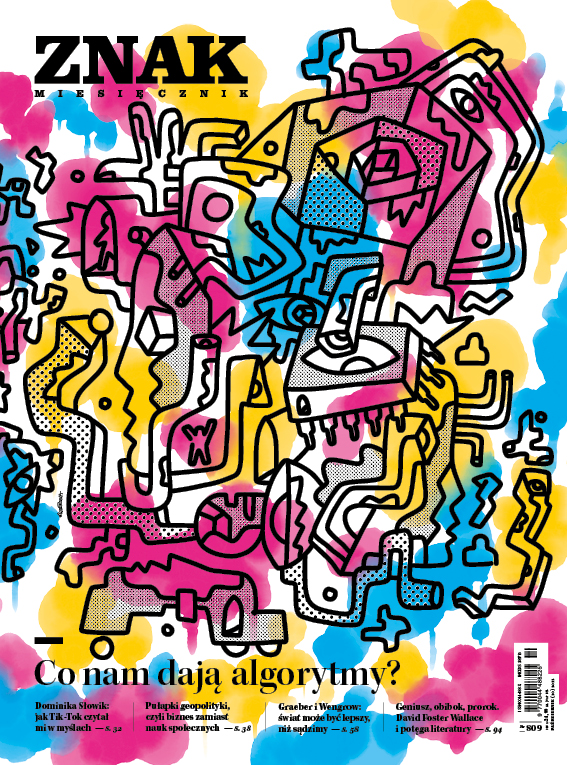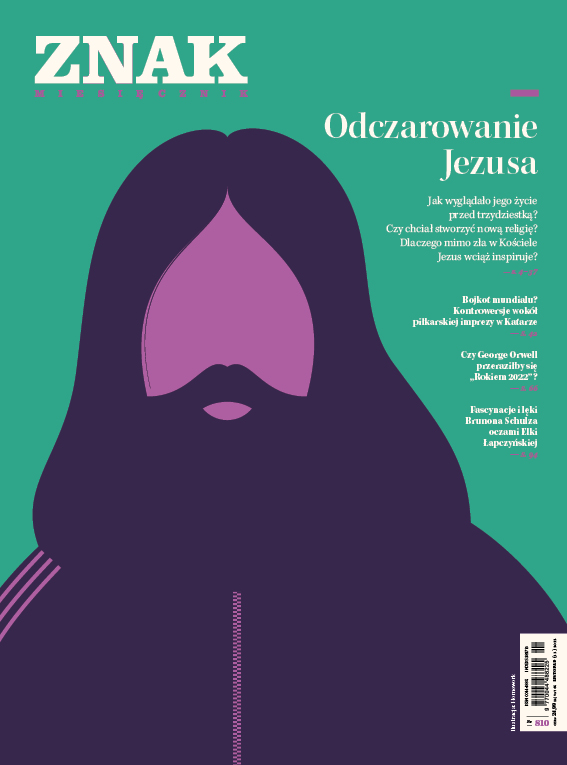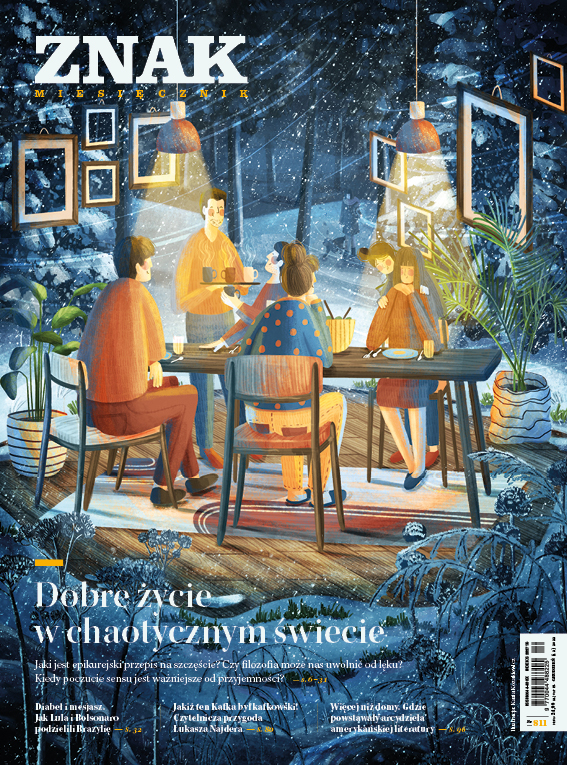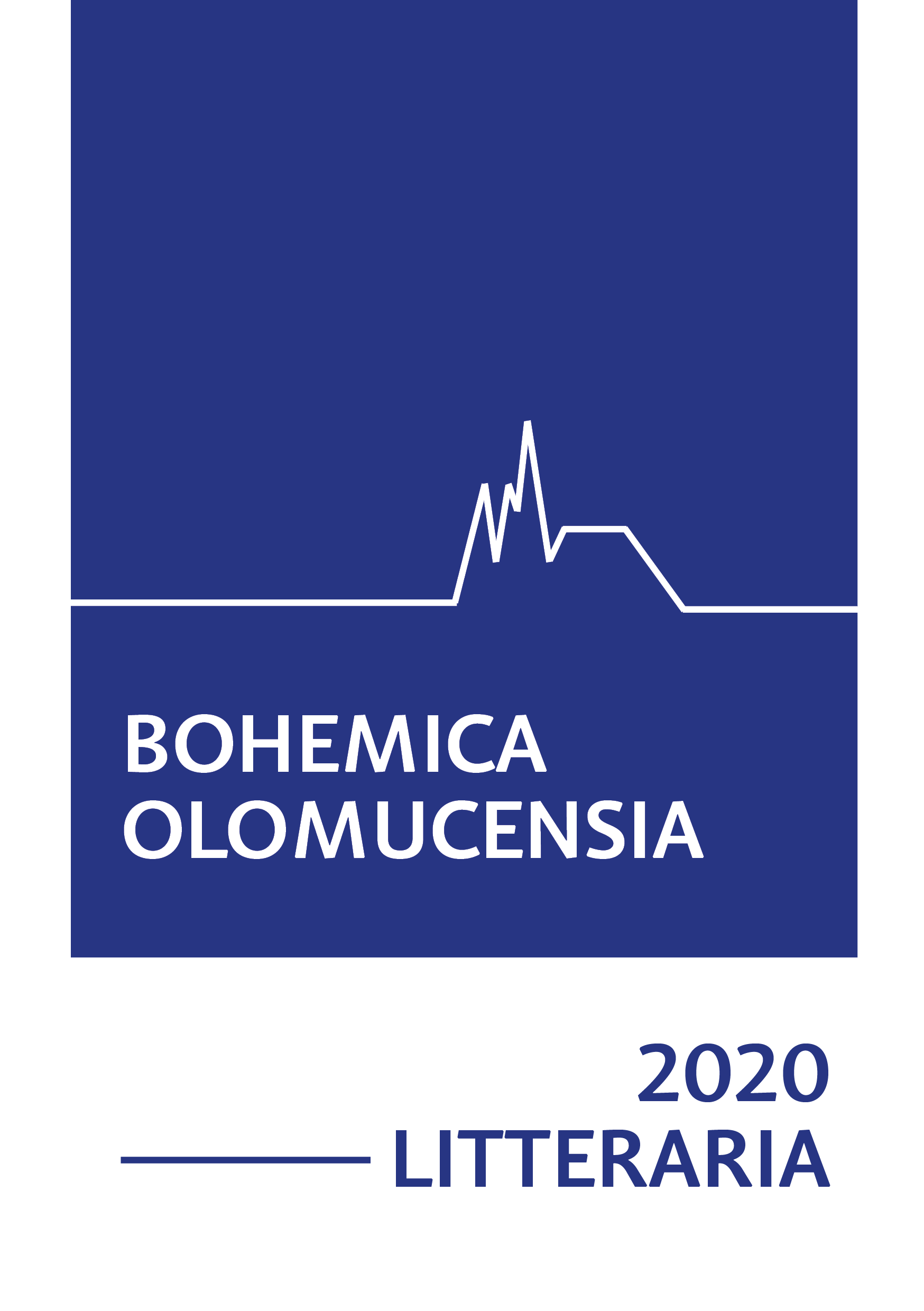
We kindly inform you that, as long as the subject affiliation of our 300.000+ articles is in progress, you might get unsufficient or no results on your third level or second level search. In this case, please broaden your search criteria.

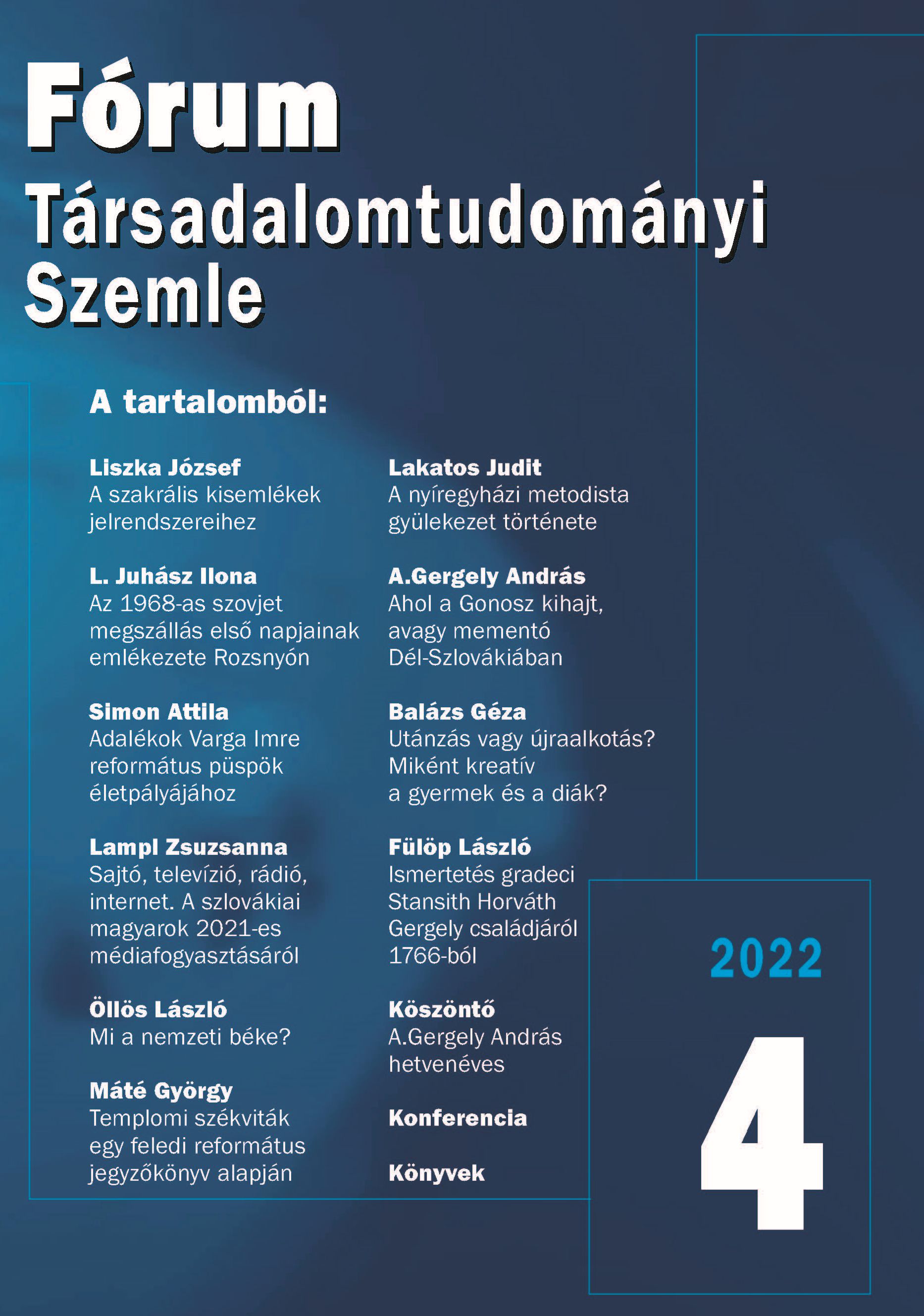
The article congratulating the jubilating scholar-social scientist covers the impressively wide spectrum of the work of the cultural anthropologist, university lecturer, founder of an institute, editor and publisher, whose main fields of activity include library science, pedagogy, sociology, sociography, cultural and political anthropology, philosophy of music, village studies, romology, etc.
More...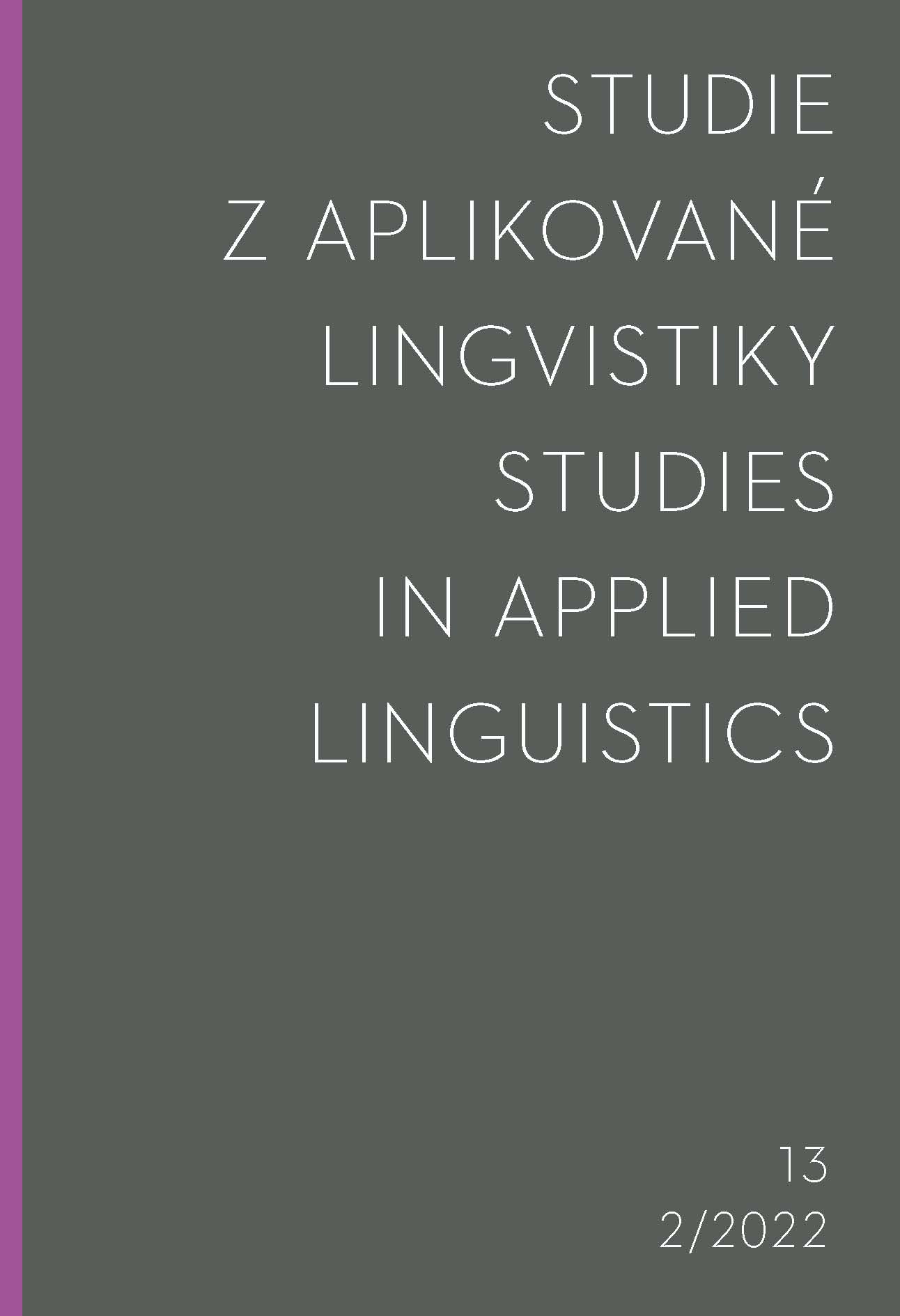
Language corpora are increasingly utilised in language learning around the world. The interest in using corpus methods for learning Czech appeared at the beginning of the 21st century. In 2005, a team of scientists from the Institute of the Czech National Corpus (Čermák et al., 2005) published the first study guide on how to use the Czech corpus and recommended it as a supplementary source for students from primary and secondary schools and universities. Two years later, Šulc (2007) described in a short guide for schools how to work step by step with corpus data; he explained the possible functions and usage of the Czech corpus. Over the next four years, the first works concerning corpus use in teaching Czech as a foreign language (CFL) started to appear (Vališová, 2009; Lukšija, 2010; Osolsobě, 2010). Since then, several studies have appeared on corpora use in CFL teaching (cf. Lukšija, 2012; Vališová, 2012, 2016; Kočařová, 2013; Konečná & Zasina, 2014; Zasina, 2018b). The last few years have seen publications aimed at Czech teachers and students of teacher education for primary and secondary schools; these works (Šmejkalová & Kopřivová, 2019; Šormová et al., 2019) attempt to incorporate corpus methods developed for teaching native speakers of Czech. Zasina’s (2019) comprehensive study describes the most prominent problematic areas of non-native Czech based on a learner corpus and offers a coherent methodological framework for creating corpus-based exercises.
More...